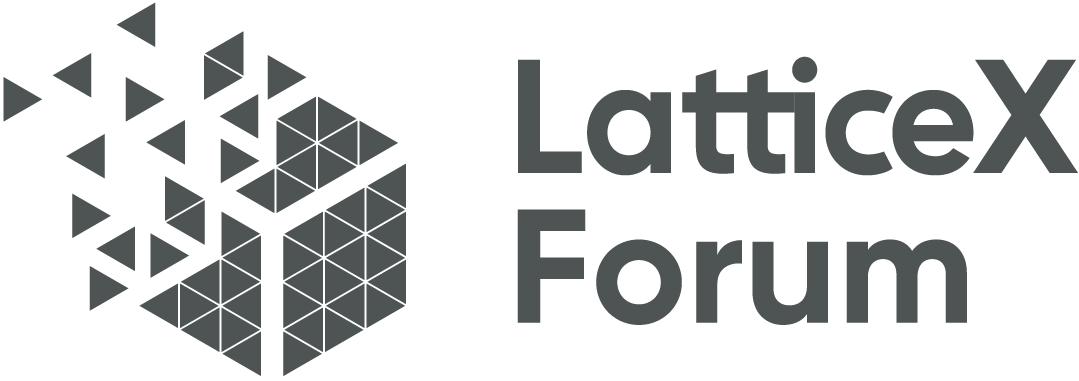Blockchain platform
Establish a decentralized data, computing power, and model trading market on the blockchain network through economic incentives and smart contracts. Implement a privacy preserving computing economy model that assetizes and monetizes data and computing resources. To ensure the security and effectiveness of data and computing, the economic model includes staking and penalty mechanisms. All data, variables, and processes used in privacy protection calculations have tamper proof records that can be tracked and audited.
Data and computing power trading
-
Data trading: In this market, data owners can publish their data assets on the blockchain and set corresponding prices. Computing power providers and model developers can purchase this data according to their needs. All transactions are automatically completed under the supervision of smart contracts, ensuring the security and transparency of transactions.
-
Computing power trading: Computing power providers can register their computing power resources on the blockchain and set corresponding prices. Users who require computing resources can purchase or lease these computing powers according to their needs. Smart contracts will automatically match supply and demand sides and execute corresponding transactions.
Model trading
-
Model publishing and trading: Model developers can publish their models on the blockchain and provide corresponding prices. Users who require these models can directly purchase or rent them. Smart contracts will automatically process transactions and ensure their execution.
-
Model updates and maintenance: Model developers can regularly update and maintain models and submit them to the blockchain. Users will automatically receive model updates to ensure model consistency and accuracy.
Privacy Protection Computing
-
Secure computing environment: In a decentralized trading market, all computations are conducted in a secure computing environment, ensuring the privacy of data and computations.
-
tamper proof records: All data, variables, and calculation processes have tamper proof records that can be tracked and audited, ensuring the security and effectiveness of data and calculations.
economic model
-
Staking mechanism: In order to ensure the security and reliability of the network, participants need to lock a certain number of tokens as collateral. This will encourage participants to actively participate in network maintenance and reduce malicious behavior.
-
Punishment mechanism: When participants violate network rules, such as providing false data or maliciously attacking other participants, they may be punished, such as losing collateral tokens or other forms of punishment.
Using a decentralized identity (DID) scheme to achieve authentication and authorization of decentralized nodes and resources, including data authentication and usage authorization. DID refers to a fully decentralized identity that allows individuals or their organizations to have full ownership, management, and control over their digital identities and data.
Decentralized authentication and authorization
-
Identity registration and verification: In decentralized networks, users can independently register their identities through DID schemes without relying on any centralized organization for authentication. At the same time, the DID scheme adopts a decentralized verification mechanism, such as a blockchain based notary network, to ensure the authenticity and immutability of identities.
-
Data authentication and usage authorization: The DID scheme allows users to have complete control over the data they generate. Users can decide which data can be accessed by others and how to use it. This permission control can help protect users’ privacy and data security.
Application scenarios
-
Data trading: In a decentralized data trading market, users can authenticate and authorize their identities through DID schemes to ensure the security and reliability of their data. Users can publish their data assets on the blockchain and set corresponding permissions, such as allowing specific users or applications to access and use this data.
-
Sharing of computing power resources: In a decentralized computing power resource sharing platform, users can verify and authorize the identity of computing power providers through DID schemes, ensuring the reliability and security of computing power resources. Meanwhile, users can choose suitable computing power providers to collaborate with based on their own needs.
-
Model sharing and collaboration: On a decentralized model sharing and collaboration platform, users can authenticate and authorize through DID schemes to ensure model consistency and security. Users can publish their models on the blockchain and set corresponding permissions, such as allowing specific users or applications to access and use these models.
advantage
-
Privacy protection: The DID scheme allows users to independently control their identity information and data without worrying about data being abused or leaked.
-
Safe and reliable: The decentralized authentication and authorization mechanism, based on blockchain technology, ensures the security and immutability of identity and permissions.
-
Flexibility: Users can freely decide which data can be accessed and used, as well as how to use this data, providing higher flexibility and autonomy.
